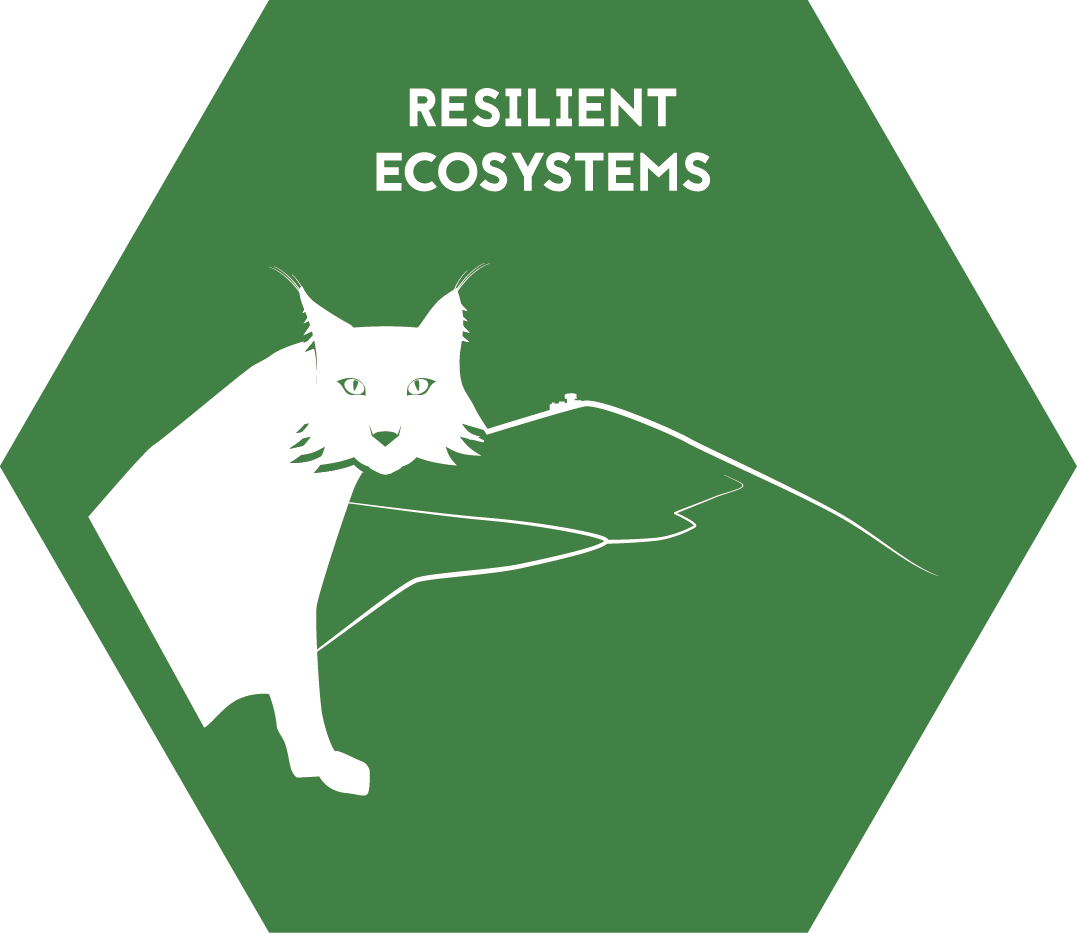Home
ČR 2030 - List Of Indicators
Red List Index (SDG 15.5.1)
Indicator detail
Metadata
| Relevance/rationale of the indicator (resp. why the indicator was chosen to measure the target and how it is suitable for these purposes) | The world’s species are impacted by a number of threatening processes, including habitat destruction and degradation, overexploitation, invasive alien species, human disturbance, pollution and climate change. This indicator can be used to assess overall changes in the extinction risk of groups of species as a result of these threats and the extent to which threats are being mitigated. The Red List Index value ranges from 1 (all species are categorized as ‘Least Concern’) to 0 (all species are categorized as ‘Extinct’), and so indicates how far the set of species has moved overall towards extinction. Thus, the global Red List Index allows comparisons between sets of species in both their overall level of extinction risk (i.e., how threatened they are on average), and in the rate at which this risk changes over time. A downward trend in the global Red List Index over time means that the expected rate of future species extinctions is worsening (i.e., the rate of biodiversity loss is increasing). An upward trend means that the expected rate of species extinctions is abating (i.e., the rate of biodiversity loss is decreasing), and a horizontal line means that the expected rate of species extinctions is remaining the same, although in each of these cases it does not mean that biodiversity loss has stopped. The Red List Index was used as an indicator towards the 2011–2020 Strategic Plan for Biodiversity, the Convention on Biological Diversity’s 2010 Target and Millennium Development Goal 7. It has been proposed as a Headline Indicator in the draft post-2020 Global Biodiversity Framework. |
| Target value of the indicator and its evaluation | |
| Definition | The Red List index measures the overall risk of extinction of a given group of species. It is based on actual changes in the number of species in each category according to the risk of extinction (Red List of Endangered Species, IUCN 2015). |
| Measuring unit | 0 = NO, 1 = YES |
| Indicator disaggregation | It is possible to calculate for a particular defined taxonomic group, it depends only on the existence of current and valid data from the Red Lists |
| Reference period (resp. the period to which the indicator relates) | Depending on the publication of the Red Lists based on the application of the IUCN methodology |
| Related geographical area | CZ (NUTS 0) |
| Comment | Data for SDG indicator 15.5.1 are not available according to the relevant UN methodology. Therefore, a proxy indicator was designed, which can be used as a substitute for reporting indicator 15.5.1. The Red List index can be calculated for vertebrates, invertebrates and vascular plants, for 2017, for vertebrates also for 2003 and invertebrates for 2005. The red lists are available here: https://portal.nature.cz/publik_syst/ctihtmlpage.php?what=1264. It is measured on a scale of 0 to 1, where 1 is the maximum contribution that the country or region can make to global species survival, equating to all species being classified as Least Concern on the IUCN Red List, and 0 is the minimum contribution that the country or region can make to global species survival, equating to all species in the country or region having gone extinct. |
| Update periodicity | Annually |
| Time coverage since | 2003 |
| Time coverage until | 2022 |
| Time series available at the data provider since | 2003 |
| Data publication date (resp. the date when the data provider publishes (regularly) data; it is given in the format T + the number of days, months or years when T is the end of the reference period) | The calculation and publication can be done for the given group by publishing the relevant Red List |
| Contact point - data provider - e-mail | petra.greslova@cenia.cz |
| Contact point - data provider - name | Petra Grešlová |
| Data source | The Czech Environmental Information Agency (CENIA) |
| Data origin | Nature Conservation Agency of the Czech Republic |
| Links to detailed metadata or methodology | https://unstats.un.org/sdgs/metadata/files/Metadata-15-05-01.pdf |
| Links to international comparison | Individual, depending on the years and taxonomic groups for which each country has current and valid Red List data |
